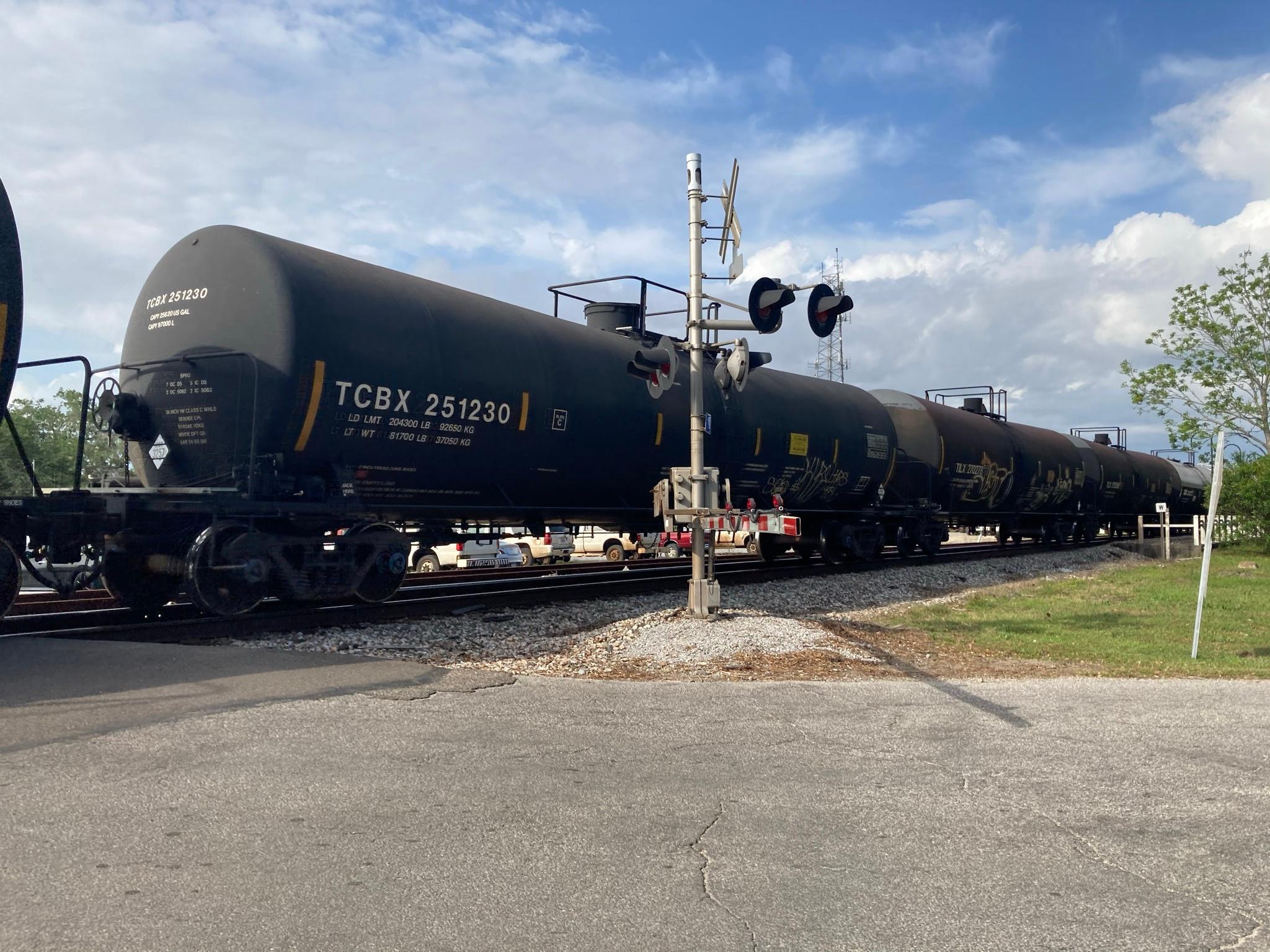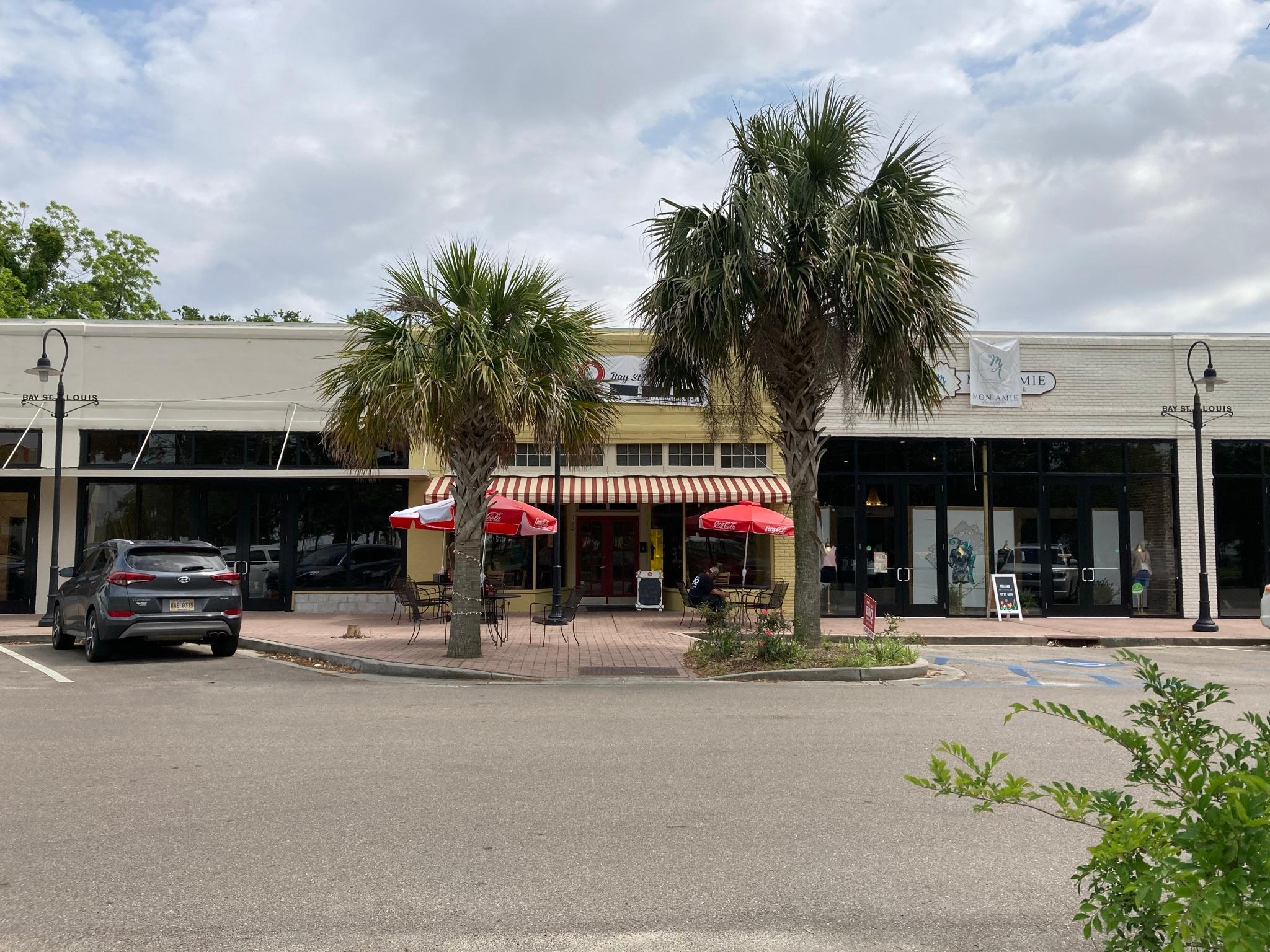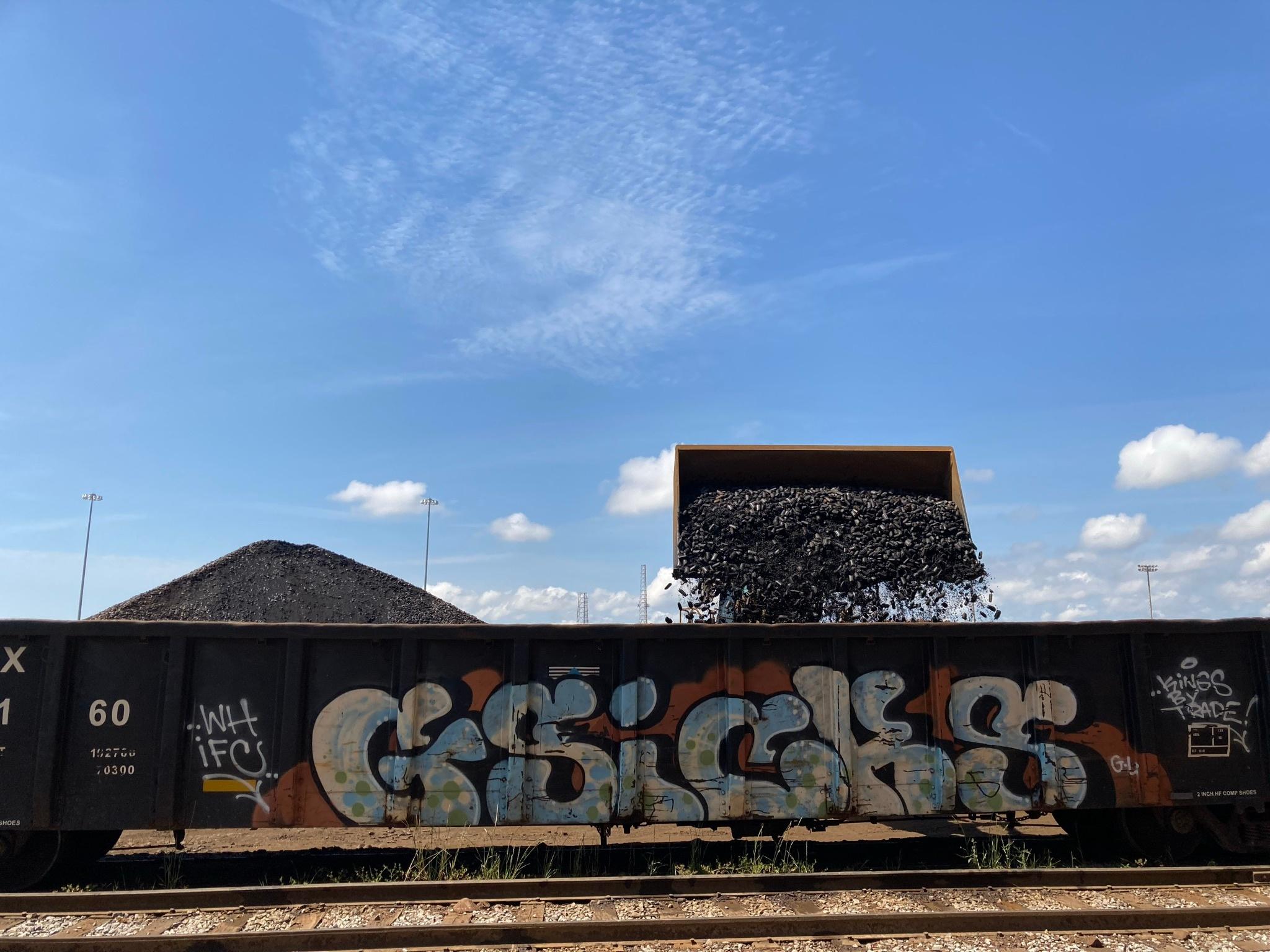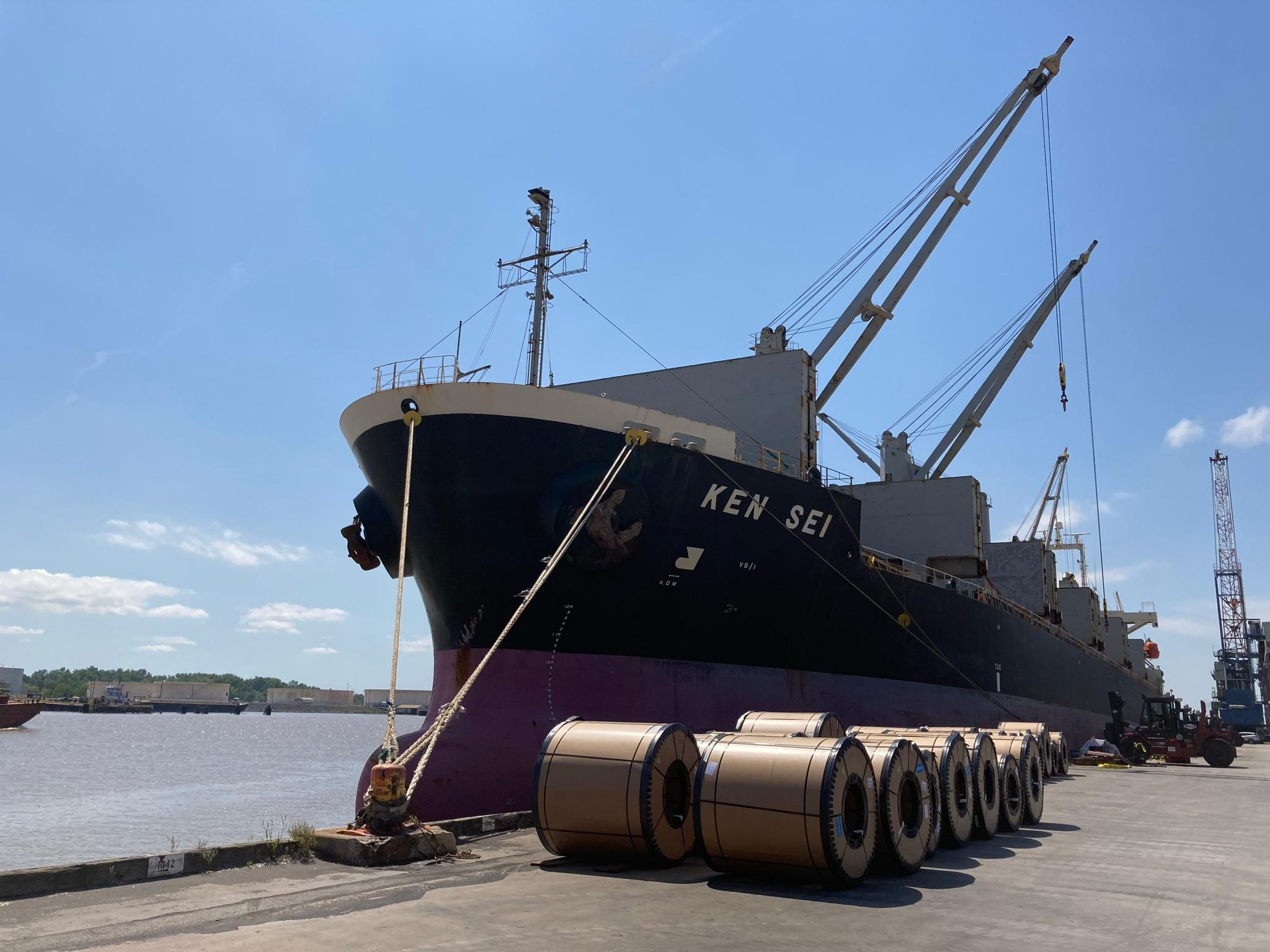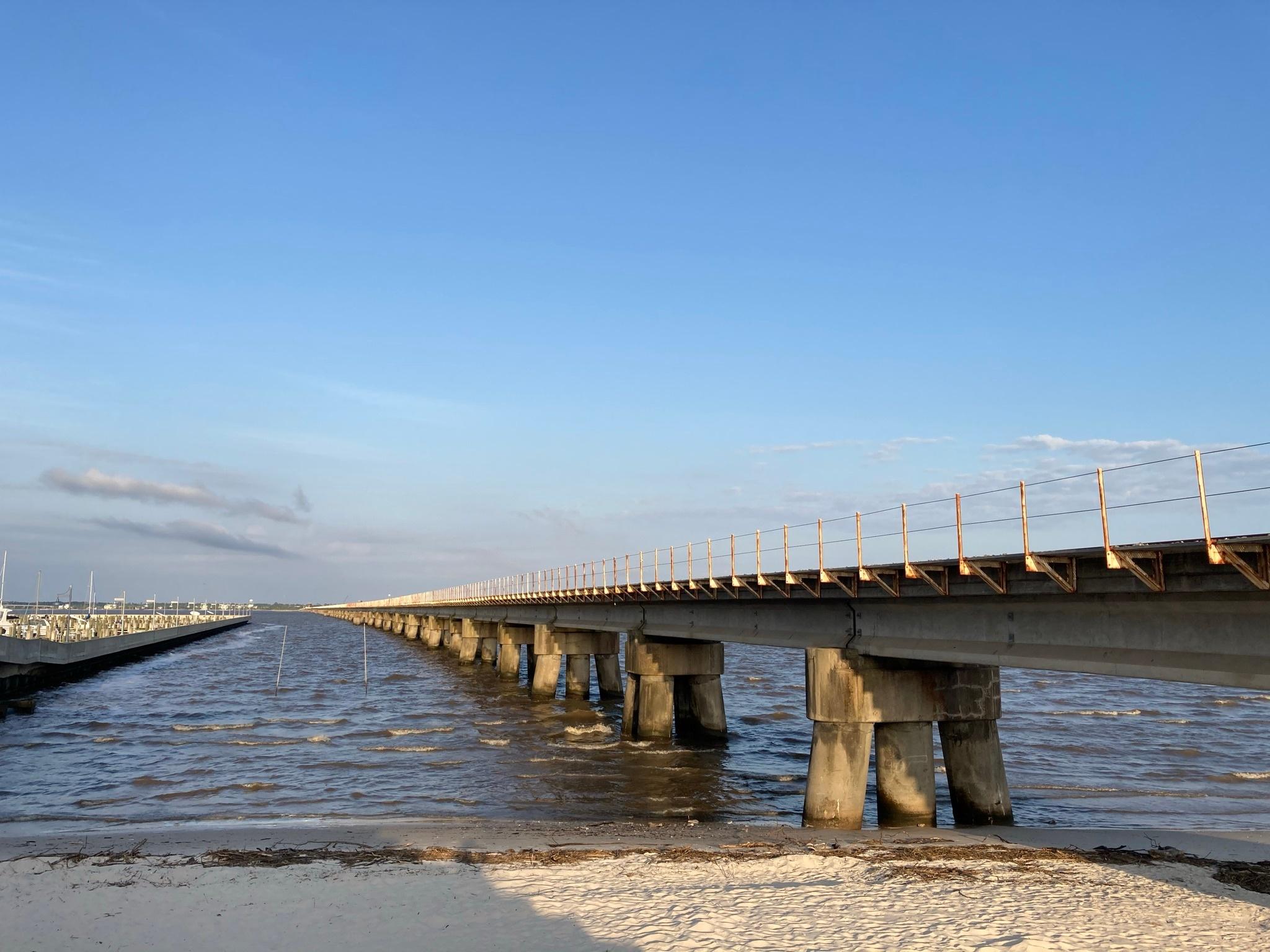Tension between freight and passenger rail in the United States isn’t new. It’s actually how Amtrak was formed.
Before 1970, private railroads were required to run passenger trains, but that side of the business was not profitable. To protect the freight side of the railroad business, Congress passed the Rail Passenger Service Act so railroads would no longer be forced to offer service to riders. But Congress still wanted passenger rail, so the law created a federally supported corporation to offer the service. Amtrak was born.
Railroad owners are still required to work with Amtrak to let it use the private railroads to run passenger trains in exchange for compensation. If the companies refuse to reach a deal, Amtrak can ask the Surface Transportation Board to force the owners to let the passenger trains run. Amtrak did just that for the Gulf Coast line on March 16, 2021, after 15 years of trying to restore passenger service.
CSX and Norfolk Southern say the request should be rejected.
The Biden Administration backs Amtrak. President Joe Biden earned the nickname “Amtrak Joe” because of his constant trips along the Northeast Corridor. He wants to see Amtrak expand across the country.
The passenger rail provider recently released a map detailing about 30 new routes across the country, spurred on by the $80 billion for railroads included in President Biden’s infrastructure plan. The decision made along the Gulf Coast will determine whether that dream gets fast tracked or derailed.
“How does the expansion – or lack thereof – of passenger rail look in the coming years?” Ross, of the Southern Rail Commission, said. “This is an issue that’s much larger than Mobile and New Orleans.”
This story was produced by the Gulf States Newsroom, a collaboration between Mississippi Public Broadcasting, WBHM in Birmingham, Alabama, WWNO in New Orleans and NPR.
